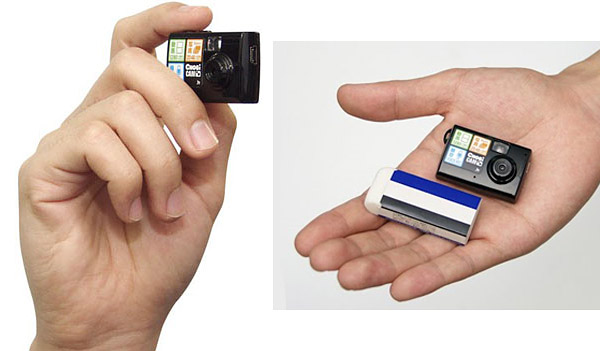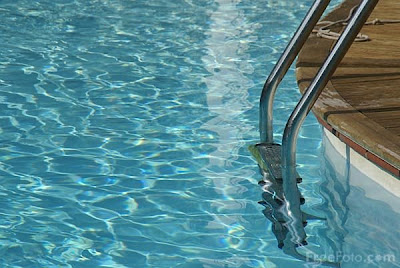Do you know there's saturated fats and unsaturated fats?
Well, this is all about fats!
Fats and oils are belong to a group of naturally occurring substances called lipids. Lipids are a group of organic compounds that make up the structure of cells found in plant and animal tissues. The lipids are water insoluble compounds by using organic solvent such as esther and benzene.
Fats and oil are chemically very similar, but differ in their physical states. Fats normally found in animals like goats and cows. It is in solid state at room temperature such as butter and tallow. Whereas fats from plants are in liquid states known as oils.The example of vegetable oil such as palm oil, coconut oil, olive oil,soybean oil and corn oil.
Basically fats and oils consist of a variety of long chain carboxylic acid called fatty acids with alcohol propane-1,2,3-triol(known as glycerol).
Fatty acids are long straight-chain carboxylic acid and a molecule of glycerol may combine with one two or three fatty acids to form monoester,diester or triester.

Hence fatty acid playing the main role determining whether it is saturated fats or unsaturated fats. A saturated fatty acid has all carbon atoms joined together by carbon-carbon single bonds. Palmitic acid is a saturated fatty acid. In an unsaturated fatty acid, the carbon chain has one or more carbon-carbon double bonds. Monosaturated is formed if the fatty acid molecule has one carbon-carbon double bond

whereas polyunsaturated has more than one carbon-carbon double bond.

Fats which contain esters of glycerol and unsaturated fatty acids are classified as unsaturated fats. Example like plants or vegetable oils contain a large proportion of unsaturated esters.Thus, it has lower melting points.

In other words,fats which contain esters if glycerol and saturated fatty acids are classified as saturated fats. It containing a large proportion of saturated esters tend to have melting points and are solids at room temperature. Medical research has found that a diet high in animal fats, particularly saturated fats is considered unhealthy. High consumption of food high in saturated fats is likely to result in obesity. It is also found that animal saturated fats pose a greater risk for coronary heart disease and strokes than unsaturated vegetable oils. Hence, unsaturated fats are more favorable and healthier than saturated fats.
Therefore, chemist developed an idea to convert unsaturated fats to saturated fats through a process call hydrogenation. Each carbon-carbon double bond absorbs one mole of hydrogen. The hydrogenation process is carried out by bubbling hyrogen gas through hot liquid oil in the presence of fine particles of nickel catalyst. A temperature of about 200C and pressure about 4 atm are used. As more and more of double bonds get hydrogenated, the relative molecular mass of the oil molecule increases. And causes the Intermolecular forces become stronger and more energy is need to overcome them. As a result, the boiling point of the oil increases and the physical state changes from liquid to solid.


Margarine is an example or products produce through hydrogenation. It is a soft solid with low melting point at room temperature. It is made by hydrogenating some of the carbon-carbon double bonds in polyunsaturated vegetable oil such as palm oil and sunflower oil. If you were to compare butter and margarine, which is better for health. I would assure you that margarine is healthier than butter because margarine is made from vegetable oil, is low in saturated fat and has no dietary cholesterol.
 VS
VS 
In a conclusion, vegetable oils do not contain cholesterol because only animals would make cholesterol. These unsaturated fats do not have the damaging effect of saturated fats to cause cardiovascular problems. The sentence only can conclude that we are suggested to consume unsaturated fats than saturated but doesn't means that we can consume unsaturated fats in large quantities. Too much of fats consumption, whether unsaturated or saturated will make us overweight. A balanced healthy diet will keep the vital processes in our bodies to function efficiently to maintain a healthy body.












 12:13 AM
12:13 AM
 munnie
munnie























